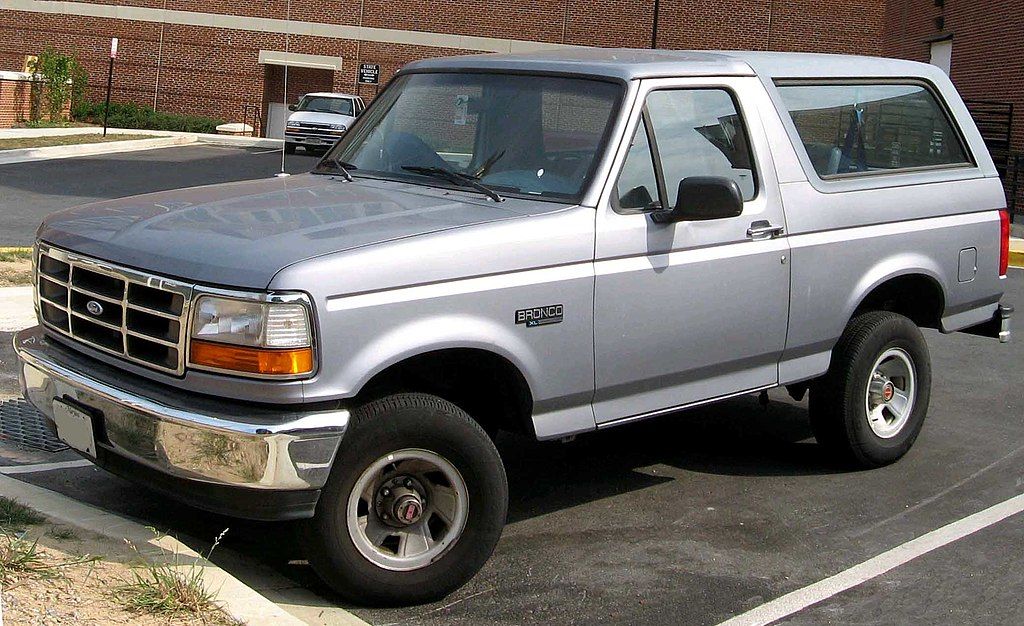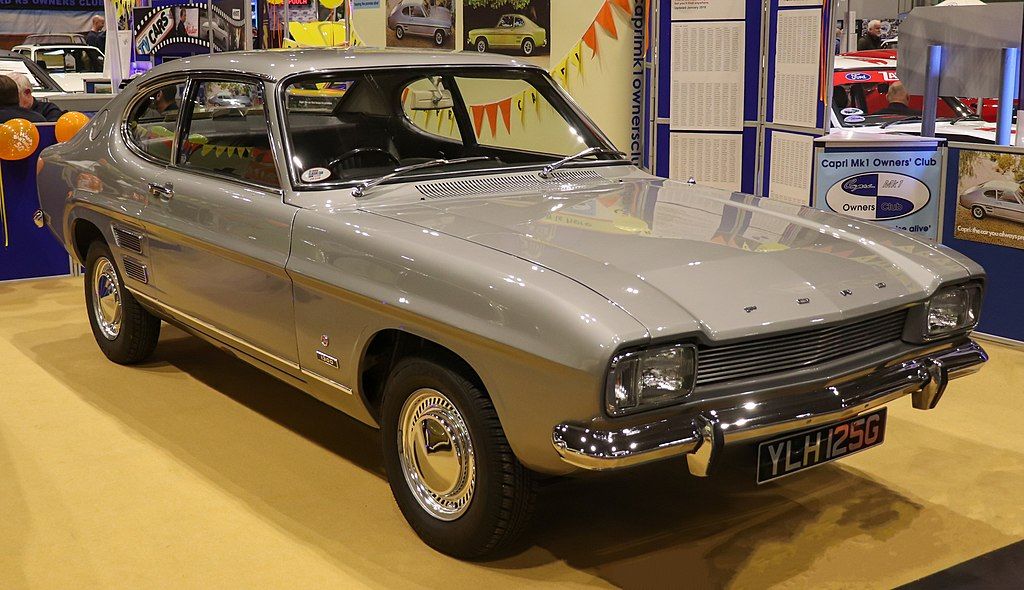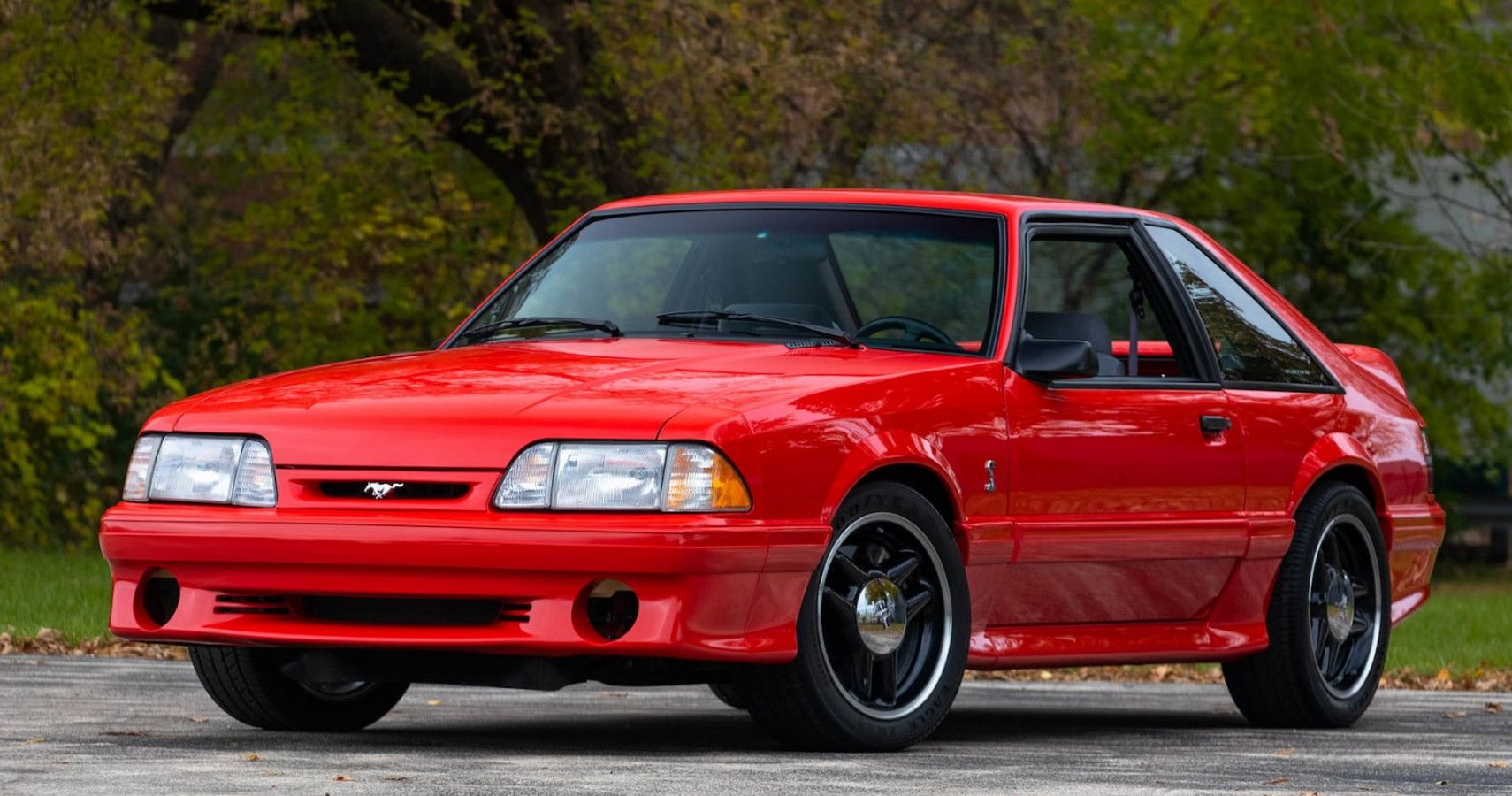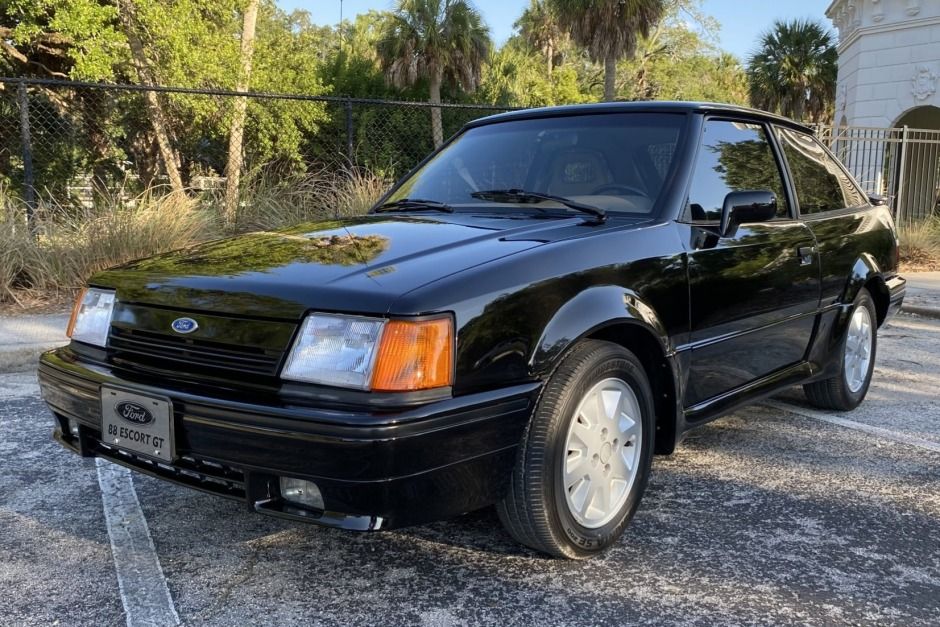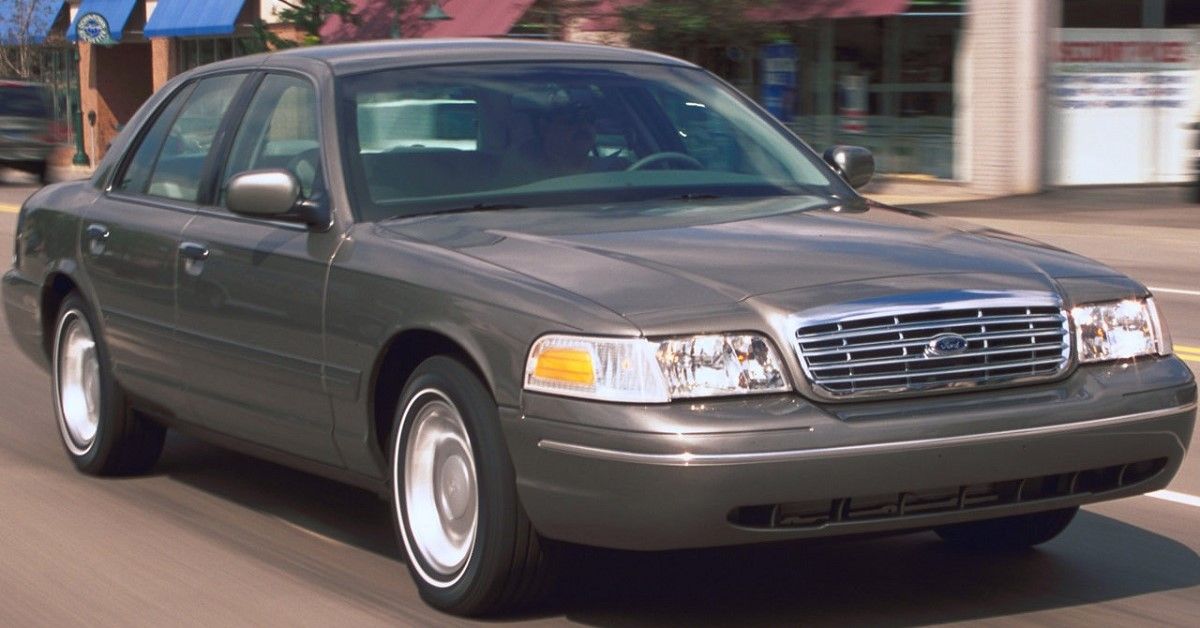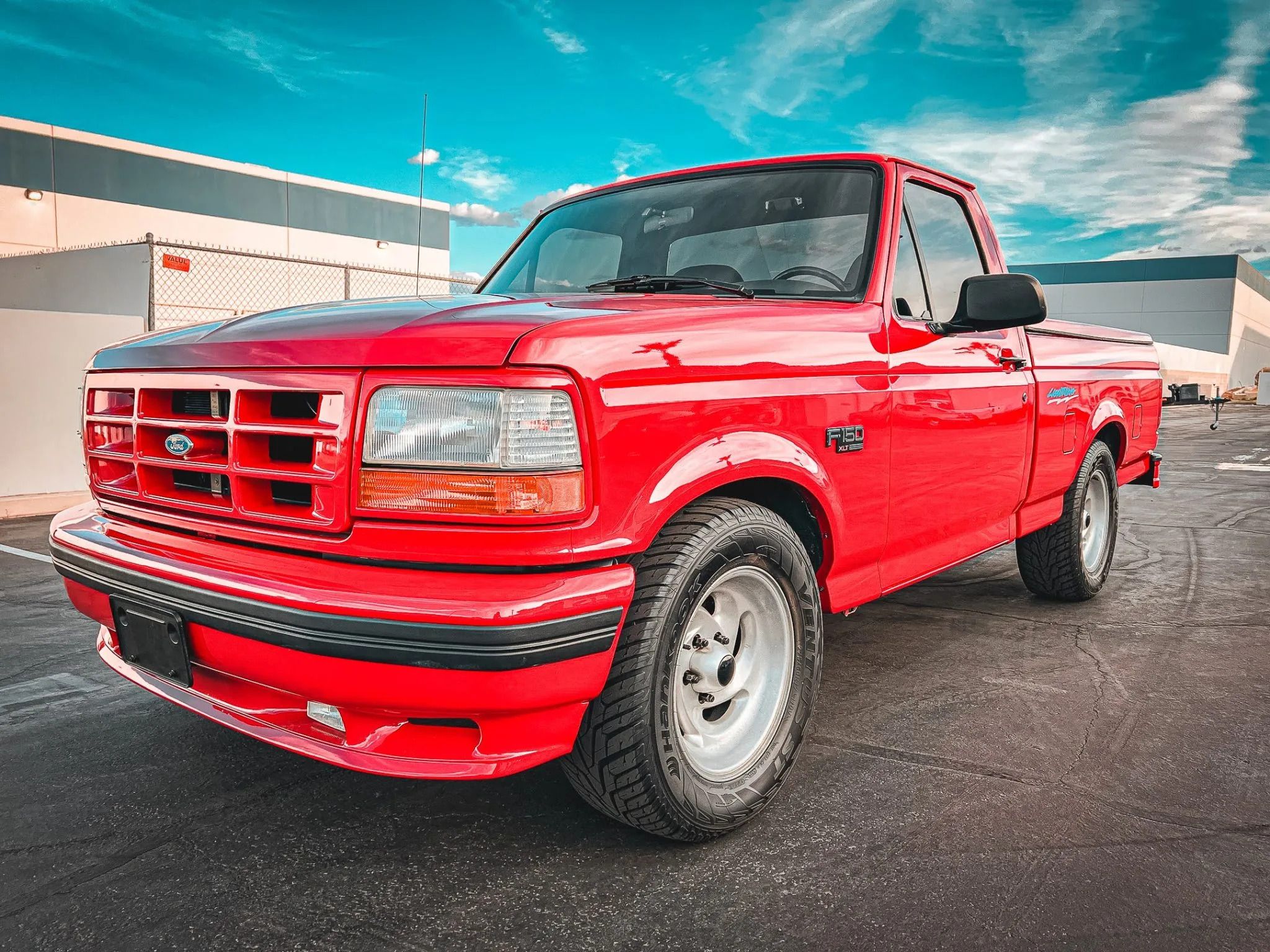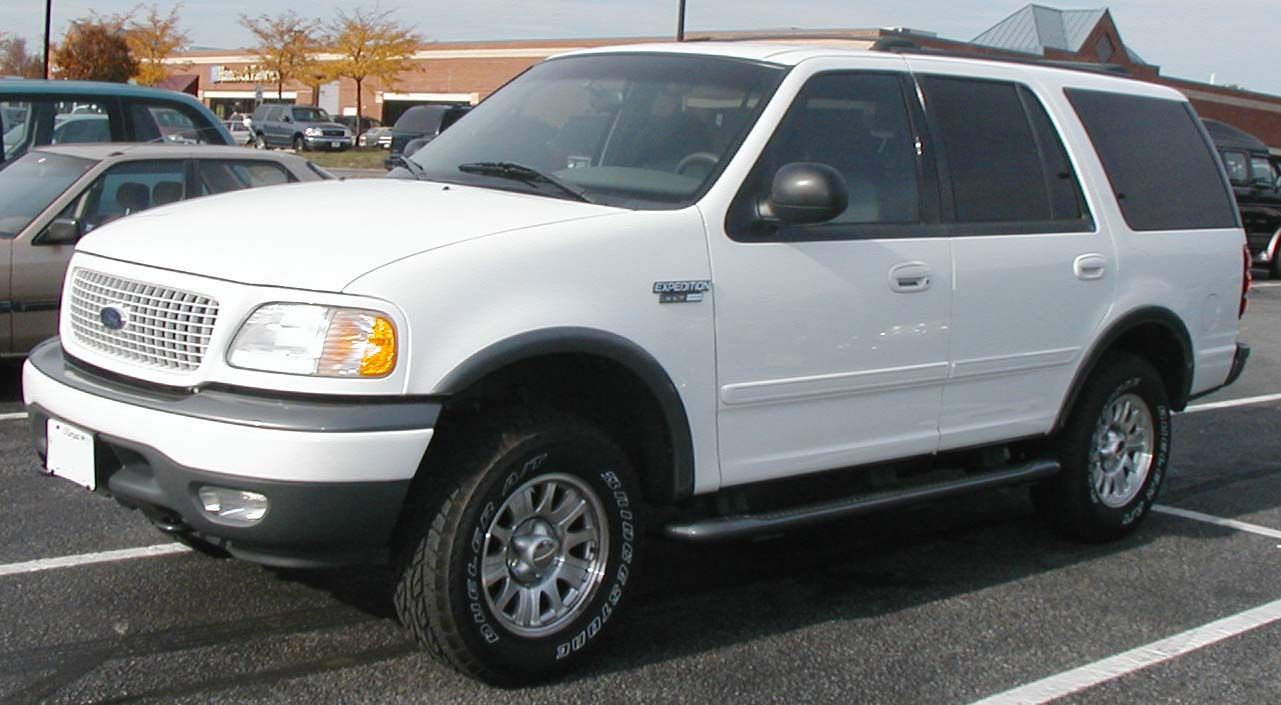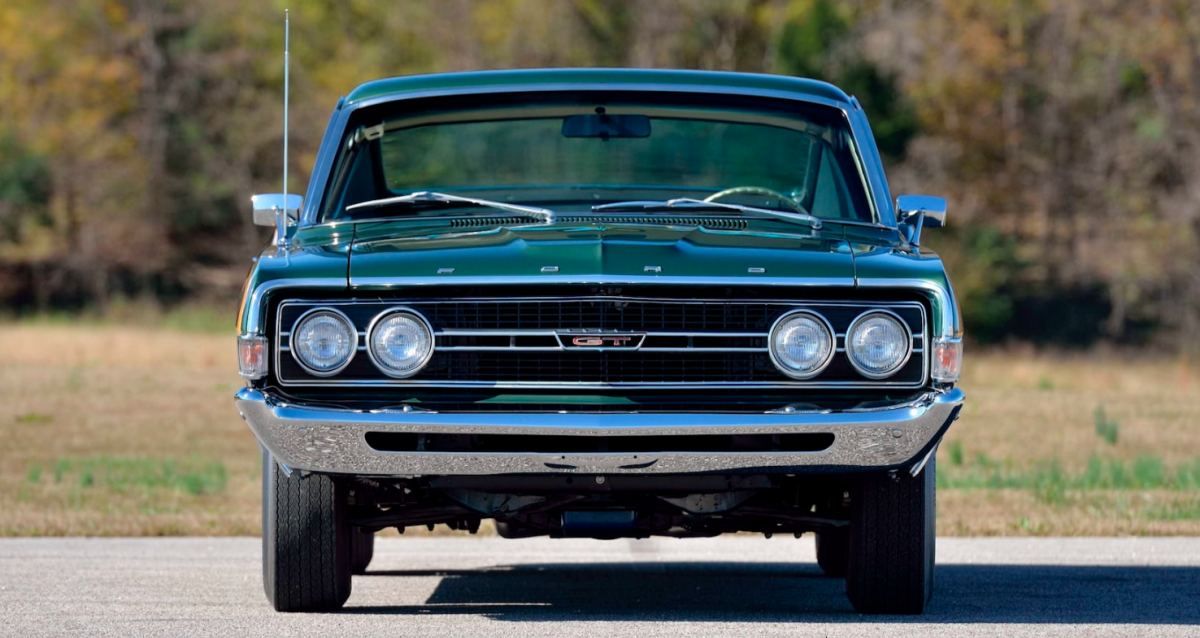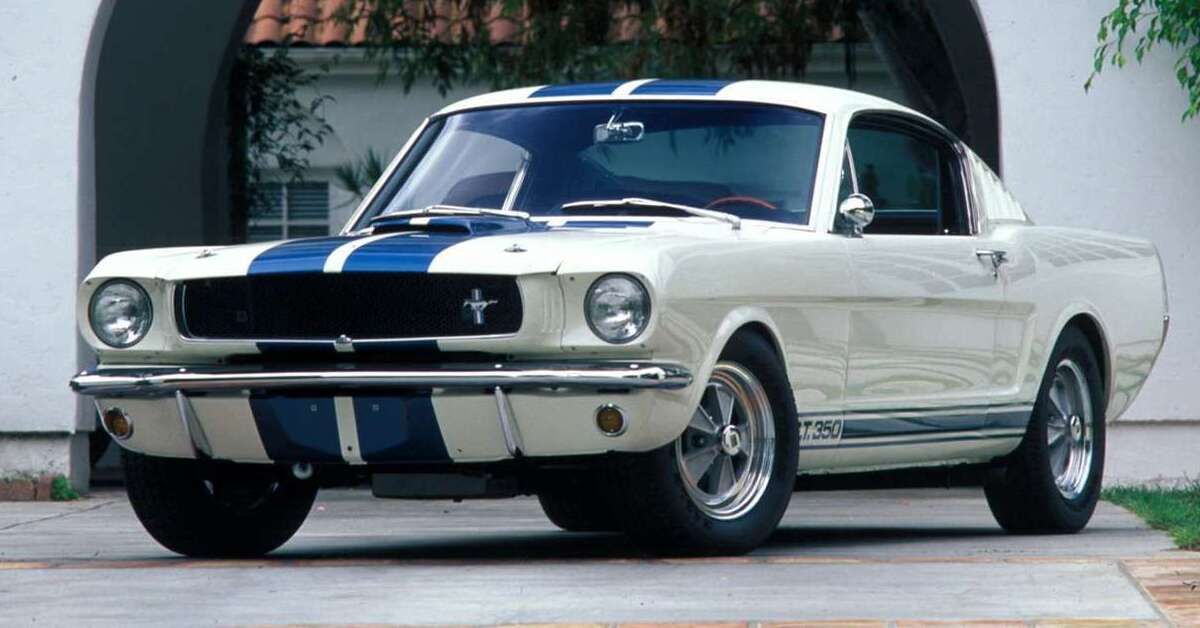Years before the formation of the Ford Motor Company, the same man, Henry Ford, conducted what today we might call an experimental car debut (if you call it that) that he had assembled in a workshop behind his Detroit. home It was a quadricycle, described by historian Allan Nevins as “Surprisingly small and light: the lightest vehicle of its kind yet produced”.
Seven years later, in 1903, the Ford Motor Company was officially born, and on July 23 of the same year, the new company sold its first car: the original Model A, assembled at the Mack Avenue plant of the company Four more years passed before the iconic Ford the logo was born, and a year later, the legendary Model T.
Henry Ford’s Model T, with 15 million units built in total, was the car that literally put America on wheels, created mass mobility, and revolutionized mass automobile production. However, the Blue Oval has built numerous automobiles since the Model T, many of which are memorable creations that helped enrich its automotive history. Next, let’s take a look back classic Ford models built so well they can go on and on forever.
10 Ford Bronco 1966–1996
The Bronco is a timeless all-terrain SUV that simply won’t die or stay dead. Consumer Reports described the Bronco as a trailblazing SUV that started small and then grew bigger before fading away, only to return to the modern era.
Interestingly, the Bronco is the next famous Ford after the Mustang. It used a unique chassis and competed against the beloved Jeep CJ5 and the International Harvester Scout. The classic Bronco was first sold between the 1966 and 1996 model years before reemerging for its sixth generation in 2021.
9 Ford Capri 1969–1974
Words often used to describe the original Ford Capri include “utilitarian,” “rugged,” and “easy to maintain.” Ford Europe built the fastback coupe as the European version of America’s Mustang, with Philip T. Clack, who was also part of the Mustang design, as the designer. UK Car magazine called it the Cortina in drag because the Fastback Capri coupe shared mechanical components with the Mk2 Ford Cortina. The Coupe was a big money maker for Ford, shifting nearly 2 million units during its production run. At the time, the Capri was motivated by a variety of engines, from the Essex to the Cologne V6 to the Kent I4 and top-of-the-line Taunus V4.
8 1979–1993 Ford Mustang Cobra R
We’re partial to the 1993 Cobra R because it represented the last bloodline of the Fox-bodied Mustang and was also the first car from Ford’s famed SVT (Special Vehicle Team). The main reason you don’t see them on the road as often as you’d like is probably because only 107 of the red Mustang Cobra R hatchbacks were built.
Despite its rarity, this SVT short has the right ingredients for immortality, so we wouldn’t be surprised to see it pop up again after being staged again in 1995 and again in 2000.
Ford’s SVT changed its amenities like air conditioning, radio, a rear seat and even a rear carpet with strategic mechanical features like a larger radiator, larger brake rotors, adjustable shocks, tower subframe strut and brace, engine oil cooler, stiffer springs, and power steering.
7 Ford Escort 1991–2002
You must have thought at some point in your used car hunting days that there must be something out there, a car that is as reliable and affordable as a used Toyota. The 1991 to 2002 Ford Escort is the car you’re looking for. The best part?
The Escort is much cheaper on the used car market than similar Toyota models of the same era. If you’re looking for an affordable daily driver that will do your commute and nothing else forever, get a Ford Escort in decent condition.
Ford built them in collaboration with Mazda, explaining the similarity to the Mazda Protégé. A Jalopnik poll saw the Escort make a crowdsourced list of the 10 best cars for poor people. Just remember, we’re not talking about the first generation sold between 1981 and 1990, which frankly are best forgotten.
6 1992–2011 Ford Crown Victoria/Mercury Marquis
The Crown Victoria deserves “forever” credit for properly cradling Grandpa and Nana in the church for decades. This is despite the fact that the Nana’s Victoria lacks the endurance-focused upgrades, such as oil coolers and stronger suspension, found on the police and taxi versions of the Crown Victoria.
However, Grandpa and Nana’s Crown Victoria had the basic components that made it a durable American road tank, including the V8 engine, solid rear axle and body-on-frame construction. Although it ended production in 2011, the used car market is still full of Crown Victoria sedans, and there are, like a Jalopnik Fan said, “billions of spare parts to be bought for beans.”
5 1993 Ford SVT Lightning
Auction site Mecum once told the story of how a 1993 Ford SVT Lightning got used to hauling a 20-foot car trailer with a Mustang inside to Detroit and back for a national show in the ‘MCA. Until 1993, Ford’s SVT division was concerned with creating high-performance Mustangs.
This time, the team decided to take a break from the Mustang and turned their attention to the F-150 pickup truck, creating the high-performance SVT Lightning version of the Ford F-150. The Lightning’s aggressive styling lets you know it’s here to stay, backed by a powerful 5.8-liter Windsor big-block V8 that made 240 horsepower and 340 ft.-lb.
4 Ford SVT Cobra 1994-2004
Well, the Ford F-150 pickup truck didn’t capture SVT’s attention forever. When it came time to say goodbye to the Fox-body Mustang, Ford did so with a supercharged 2003 SVT Cobra equipped with a 390-horsepower V8 mill and independent rear suspension.
Admittedly, the Fox-body platform was getting old by then, but mechanical upgrades launched it into the modern era, allowing it to run the quarter mile in 12.9 seconds at 111 mph and sprint from zero to 60 mph in 4.5 seconds.
3 1997 Ford Expedition
According to a cars.com consumer review of the 1997 Ford Expedition, 95% of drivers recommend this model year Expedition SUV, with one reviewer describing it as a “very reliable vehicle for 18 years.” With a reliability rating of 4.9/5, 4.4 comfort, 4.4 performance and 4.4 value for money, the ’97 Expedition has the “forever” recipe.
One owner wrote: “The hours I work, I needed to have something I could trust to start and get me to work safely. In all kinds of weather. This has been one of the best vehicles I’ve owned. It has a lot of power behind it since it’s a V8. It’s sad to see.”
2 Ford Torino GT 1968–1976
Classic Ford Torinos, from the first to the third generation, can last as long as your love and care will allow them. The Torino was, by status, a muscle car and served as the base for NASCAR’s Blue Oval entrants.
Although the most popular versions of the Torino were 2-door hardtops and 4-door sedans, most were conventional cars that made perfect daily drivers and family cars. There were also high-performance versions with larger, more powerful engines such as the 428 cu-in and 429 cu-in Cobra-Jet engines.
1 Ford Mustang GT350 1965–1973
It hurts us to suggest that some first generation Mustangs are anything but the best or that some are better than others. We feel bad because we risk incurring the wrath of Mustang fans who see every first-generation Mustang as a legend in its own right.
However, two versions of the more than 410,000 sold in the first twelve months of the Mustang’s introduction on April 17, 1964 managed to charm enthusiasts harder than the rest: the K-code 289-cubic-inch V8 of 271 horsepower. high performance model and the Mustang Shelby GT350 shown above.
The GT350 fastback prepared with stiff suspension, sticky tires, alloy wheels and a version of the 289 V8 that makes 306 horsepower, with love and proper care, will continue as long as you continue to love and care for it.
Sources: Wikipedia, Jalopnik, Cars.Com



